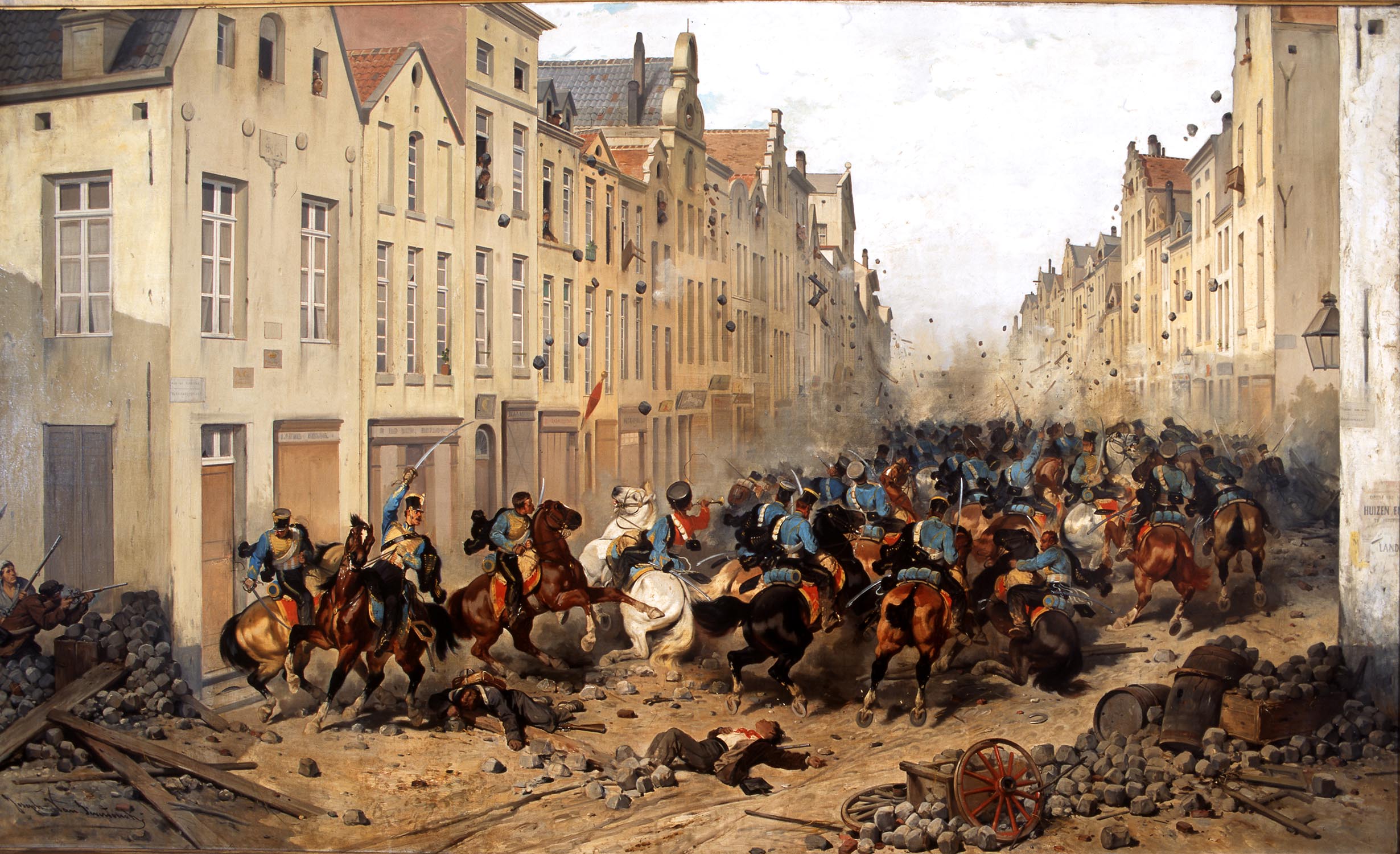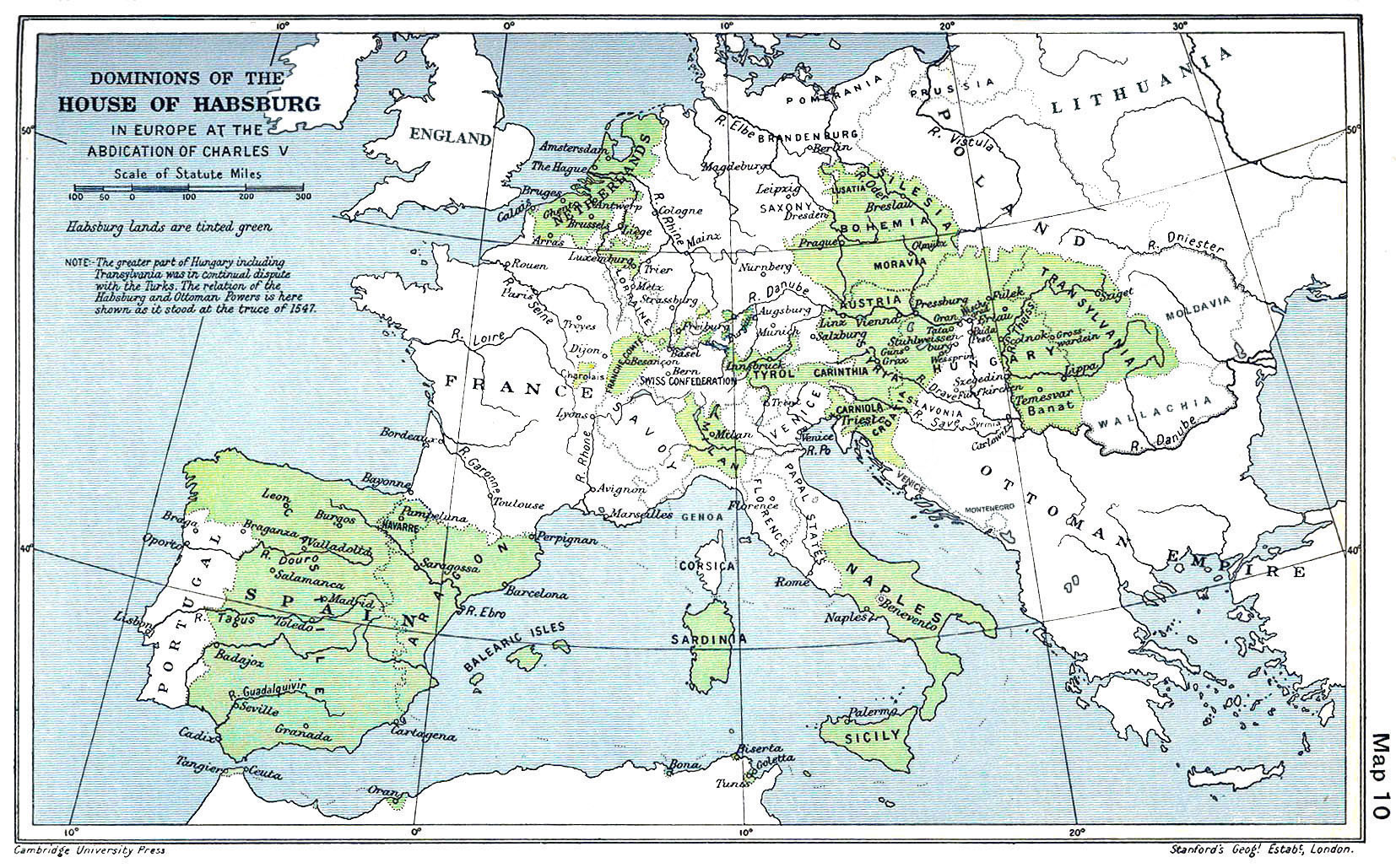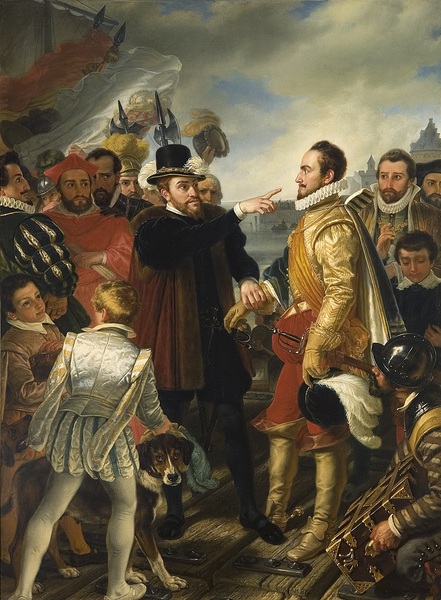|
Essen, Belgium
Essen () is a town and municipality in the Belgian province of Antwerp, notable for being bordered by the Netherlands on three sides. As of September 2022, it has a population of 19,029 residents. The town belongs to both the electoral canton of Brecht and the judicial canton of Kapellen and is situated in the region of Noorderkempen. Toponymy The name "Essen" has historical variations, including "Esshen," "Essche(n)," and "Esse." These names are believed to refer to elevated fields near a watercourse or to settlements situated along a stream. An additional etymological connection exists with the ash tree, known as "es" in Dutch. The ash tree was historically used in shipbuilding, which might explain the name's Old Dutch meaning of 'boat of ash wood.' History Prehistory Archaeological evidence suggests that the area around Essen has been inhabited since prehistoric times. Finds from four different sites indicate that around 8,500 years ago, nomadic tribes roamed the r ... [...More Info...] [...Related Items...] OR: [Wikipedia] [Google] [Baidu] |
Arrondissement Of Antwerp
The Arrondissement of Antwerp (; ) is one of the three administrative arrondissements in Antwerp Province, Belgium. It is both an administrative and a judicial arrondissement. The territory of the Judicial Arrondissement of Antwerp coincides with that of the Administrative Arrondissement of Antwerp. History The Arrondissement of Antwerp was created in 1800 as the first arrondissement in the Department of Deux-Nèthes (). It originally comprised the cantons of Antwerp, Boom, Berchem, Brecht, Ekeren and Zandhoven. In 1923, the then municipalities of Burcht and Zwijndrecht (Burcht was merged into Zwijndrecht in 1977 to form the municipality of Zwijndrecht) in the Arrondissement of Sint-Niklaas were added to the arrondissement. On January 1, 2025, Zwijndrecht became part of East Flanders again after merging with Beveren and Kruibeke into the municipality of Beveren-Kruibeke-Zwijndrecht. Municipalities The Administrative Arrondissement of Antwerp consists of the followin ... [...More Info...] [...Related Items...] OR: [Wikipedia] [Google] [Baidu] |
Duke Of Brabant
The Duke of Brabant (, ) was the ruler of the Duchy of Brabant since 1183/1184. The title was created by the Holy Roman Emperor Frederick Barbarossa in favor of Henry I, Duke of Brabant, Henry I of the House of Reginar, son of Godfrey III of Leuven (who was duke of Lower Lorraine at that time). The Duchy of Brabant was a feudal elevation of the existing (since 1085/1086) title of landgrave of Brabant. This was an Imperial fief which was assigned to Count Henry III of Leuven shortly after the death of the preceding count of Brabant, Herman II of Lotharingia (born 20 September 1085). Although the corresponding county was quite small (limited to the territory between the rivers Zenne, Senne and Dender) its name was applied to the entire country under control of the dukes from the 13th century on. In 1190, after the death of Godfrey III, Henry I also became duke of Lotharingia. Formerly Lower Lotharingia, this title was now practically without territorial authority, but was borne by ... [...More Info...] [...Related Items...] OR: [Wikipedia] [Google] [Baidu] |
Antwerp–Lage Zwaluwe Railway
The Antwerp–Lage Zwaluwe railway (railway line 12 in the Belgian numbering plan) is an international railway line running from Antwerp in Belgium to Lage Zwaluwe in the Netherlands. The line was opened between 1854 and 1876. The opening of the high speed lines HSL 4 and HSL-Zuid in 2009 has decreased its importance for international passenger traffic. there is still a local international NMBS National Railway Company of Belgium, S32 train from Roosendaal railway station, Roosendaal to Puurs via Antwerpen-Centraal railway station, Antwerp central once an hour along with a few other Belgian domestic IC/ and a second hourly S32 but only as far as Essen, Belgium, Essen station. Stations The main interchange stations on the Antwerp–Lage Zwaluwe railway are: *Antwerpen-Centraal railway station: to Brussels, Ghent, Herentals and Hasselt *Roosendaal railway station, Roosendaal: to Vlissingen and Breda *Lage Zwaluwe railway station, Lage Zwaluwe: to Dordrecht, Rotterdam and Breda ... [...More Info...] [...Related Items...] OR: [Wikipedia] [Google] [Baidu] |
Roosendaal
Roosendaal () is both a city and a municipality in the southern Netherlands, in the province of North Brabant. Towns/villages of the municipality * Roosendaal (population: 66,760) * Wouw (4,920) * Heerle (1,900) * Nispen (1,440) * Wouwse Plantage (1,230) * Moerstraten (660) The city of Roosendaal Under King Louis Bonaparte of the Kingdom of Holland, Roosendaal received city rights in 1809. Nispen merged with Roosendaal to form the municipality Roosendaal en Nispen. On 1 January 1997 the municipalities Roosendaal en Nispen and Wouw merged into the municipality now simply known as Roosendaal. History Roosendaal goes back to the 12th and 13th century. The name Rosendaele was first mentioned in a document of 1268. Roosendaal was always a part of North Brabant. In the Middle Ages, Roosendaal grew as a result of the turf business, but the Eighty Years' War (1568–1648) put an end to the growth as Roosendaal and Wouw were suffering from itinerant combat troops that plunder ... [...More Info...] [...Related Items...] OR: [Wikipedia] [Google] [Baidu] |
Belgian War Of Independence
The Belgian Revolution (, ) was a conflict which led to the secession of the southern provinces (mainly the former Southern Netherlands) from the United Kingdom of the Netherlands and the establishment of an independent Kingdom of Belgium. The people of the south were mainly Flemings and Walloons. Both peoples were traditionally Roman Catholic as contrasted with Protestant-dominated (Dutch Reformed) people of the north. Many outspoken liberals regarded King William I's rule as despotic. There were high levels of unemployment and industrial unrest among the working classes. On 25 August 1830, riots erupted in Brussels and shops were looted. Theatergoers who had just watched the nationalistic opera ''La muette de Portici'' joined the mob. Uprisings followed elsewhere in the country. Factories were occupied and machinery destroyed. Order was restored briefly after William committed troops to the Southern Provinces but rioting continued and leadership was taken up by radicals, who ... [...More Info...] [...Related Items...] OR: [Wikipedia] [Google] [Baidu] |
Southern Netherlands
The Southern Netherlands, also called the Catholic Netherlands, were the parts of the Low Countries belonging to the Holy Roman Empire which were at first largely controlled by Habsburg Spain (Spanish Netherlands, 1556–1714) and later by the Austrian Habsburgs (Austrian Netherlands, 1714–1794) until occupied and annexed by Revolutionary France (1794–1815). The region also included a number of smaller states that were never ruled by Spain or Austria: the Prince-Bishopric of Liège, the Imperial Abbey of Stavelot-Malmedy, the County of Bouillon, the County of Horne and the Princely Abbey of Thorn. The Southern Netherlands comprised most of modern-day Belgium and Luxembourg, small parts of the modern Netherlands and Germany (the Upper Guelders region, as well as the Bitburg area in Germany, then part of Luxembourg), in addition to (until 1678) most of the present Nord-Pas-de-Calais region, and Longwy area in northern France. The (southern) Upper Guelders region consi ... [...More Info...] [...Related Items...] OR: [Wikipedia] [Google] [Baidu] |
William I Of Orange-Nassau
William the Silent or William the Taciturn (; 24 April 153310 July 1584), more commonly known in the Netherlands as William of Orange (), was the leader of the Dutch revolt against the Spanish Habsburg Netherlands, Habsburgs that set off the Eighty Years' War (1568–1648) and resulted in the formal independence of the Dutch Republic, United Provinces in 1648. Born into the House of Nassau, he became Prince of Orange in 1544 and is thereby the founder of the House of Orange-Nassau, Orange-Nassau branch and the ancestor of the monarchy of the Netherlands. In the Netherlands, he is also known as Father of the Nation, Father of the Fatherland (; ). A wealthy nobleman, William originally served the Habsburgs as a member of the court of Margaret of Parma, governor of the Spanish Netherlands. Unhappy with the centralisation of political power away from the local estates and with the Spanish persecution of Dutch Protestants, William joined the Dutch uprising and turned against his fo ... [...More Info...] [...Related Items...] OR: [Wikipedia] [Google] [Baidu] |
United Kingdom Of The Netherlands
The United Kingdom of the Netherlands is the unofficial name given to the Kingdom of the Netherlands as it existed from 1815 to 1839. The United Netherlands was created in the aftermath of the Napoleonic Wars through the fusion of territories that had belonged to the former Dutch Republic, Austrian Netherlands, and Prince-Bishopric of Liège in order to form a buffer state between the major European powers. The polity was a constitutional monarchy, ruled by William I of the Netherlands, William I of the House of Orange-Nassau. The polity collapsed in 1830 with the outbreak of the Belgian Revolution. With the ''de facto'' secession of Belgium, the Netherlands was left as a rump state and refused to recognise Belgian independence until 1839 when the Treaty of London (1839), Treaty of London was signed, fixing the border between the two states and guaranteeing Belgian independence and neutrality as the Kingdom of Belgium. Today, the Netherlands and Belgium are still kingdoms and Lu ... [...More Info...] [...Related Items...] OR: [Wikipedia] [Google] [Baidu] |
Defeat Of Napoleon In 1815
{{disambiguation ...
Defeat may refer to: *the opposite of victory *Debellatio *Surrender (military) usually follows a defeat See also * Defeatism * Failure * List of military disasters A military disaster is the defeat of one side in a battle or war which results in the complete failure of the losing side to achieve their objectives, often with a high and disproportionate loss of life. The causes are varied and include human er ... [...More Info...] [...Related Items...] OR: [Wikipedia] [Google] [Baidu] |
Nispen
Nispen (Brabantian dialect: ''Nipse'') is a town in the Dutch province of North Brabant. It is part of the municipality of Roosendaal, formerly the municipality of Roosendaal en Nispen. Nispen is located in the valley of the river ''Kleine Aa''. First mentioned in 1157, the village was the centre of a large parish. Surrounding villages separated over time, and Nispen soon was overshadowed by its neighbouring village of Roosendaal, becoming an administrative part of Roosendaal in the early 14th century. Gaining some wealth by the trade in turf, the village was destroyed during the Eighty Years' War. Following the Peace of Münster Nispen has been on both the national and religious borders between Protestant Netherlands and Catholic Belgium. The stream ''Bansloot'' between Nispen and the Belgian village of Essen forming the border. Etymology Nispen is derived from the name ''Nisipa''. It was first the name of the ''Kleine Aa'' river, and would later become the name of the village. ... [...More Info...] [...Related Items...] OR: [Wikipedia] [Google] [Baidu] |
Tongerlo
Tongerlo is a village and ''deelgemeente'' (sub-municipality) of the municipality of Westerlo in the province of Antwerp, Belgium. The village is located about south-east of the city of Herentals. Tongerlo is best known for Tongerlo Abbey founded in 1128 which became one of the most important abbeys of Belgium. History In 1128, the Premonstratensian abbey of Tongerlo was founded in the village of Tongerlo. It was double monastery until 1140. The abbey developed into one of the most important abbeys of Belgium. The abbot became the Lord of the village ''heerlijkheid'' (landed estate), and used to have joint judicial powers. In 1644, the abbey bought full judicial powers for the ''heerlijkheid''. The power of the abbey started to decline after 1773. In 1789 and 1790, the abbey participated in the Brabant Revolution against the Austrian Netherlands. The revolutionaries were defeated, and abbey lost control over the ''heerlijkheid''. Tongerlo Abbey was dissolved in 1796 after the ... [...More Info...] [...Related Items...] OR: [Wikipedia] [Google] [Baidu] |
Maarten Van Rossum
Maarten van Rossum ( 1478 – June 7, 1555) was a military tactician of the duchy of Guelders who became field marshal in the service of Charles, Duke of Guelders. He was greatly feared outside his home country for the ruthless manner in which he waged war. In a long career, he often put his motto ""Blaken en branden is het sieraad van de oorlog" ("Burning and torching is the jewel of war") into practice. His way of waging war was quite similar to that of his Italian colleagues, the condottieri, and was characterized by guerrilla-like tactics, in which the civilian population was spared even less than was usual in his time.,Maarten van Rossem in ''Biografisch Woordenboek Gelderland'', accessed on 12 December 2019 For thirty years he served the interests of the Dukes of Guelders in their struggle to safeguard the independence of the Duchy of Guelders against the Habsburg Netherlands of Charles V, Holy Roman Emperor, Charles V. Van Rossum had a number of military successes ob ... [...More Info...] [...Related Items...] OR: [Wikipedia] [Google] [Baidu] |




